Summary
- Lou Pearlman is brought back to life through deepfake AI in Dirty Pop, telling his story of scams and managing iconic boy bands.
- Director David Terry Fine explains the decision to use AI to recreate Pearlman’s image and voice for the docuseries.
- The use of AI in Hollywood productions, like Dirty Pop, continues to spark debate and controversy among viewers and industry professionals.
If you happen to watch the docuseriesDirty Pop: The Boy Band Scam on Netflix, you might be surprised to see Lou Pearlman, who died in 2016, get interviewed. He does so through a deepfake version of the real Pearlman, a recreation accomplished through the divisive art of A.I.
Directed by David Terry Fine (who previously directed an episode of Netflix’s sports documentary series Untold) Dirty Poptells the story of Lou Pearlman and his crimes alongside his role in managing bands like The Backstreet Boys and NSYNC.
Related Hollywood Is Collapsing According to New Production Data
According to recent production data, Hollywood has experienced significant declines in all categories.
At first, the documentary feels like a regular true crime docuseries. However, after a disclaimer, we see the A.I. version of the music executive sitting in his office as he takes us through the journey. His mouth moves, but nothing feels natural about the deepfake.
In an interview with IndieWire, Fine explained that he based the idea on a pitch video Pearlman recorded in his office decades ago. Such a video was never released, but Johnson and Fine were inspired and hired a stand-in that the computer could recognize. “Lou 2,” as the filmmakers call the creature, was the result of them applying “poetic justice.”
Lou was, himself, just a total fake. So much about him was just a scam.
Fine provided the machine with all sorts of footage from all possible angles. But when it was time to provide audio, he also decided to use AI, something that may or may not have been necessary:
“Everything we did was totally accomplishable with a great compositor. We’d be able to do this in VFX — I don’t know if the cost would be more or less, depends on the vendor — but the time that this took had less to do with asking an artist to tweak X, Y, and Z and more to do with tweaking the underlying AI algorithm that was accepting this input and producing this output.”
He finishes by saying the deepfake was in accordance with the story they wanted to tell:
“The decision to do that was so rooted in his character and the way that he made people feel. Everybody had this different impression of who Lou Pearlman was. He was this chameleon-type figure and could say the thing he needed to say in different environments to get the buy-in that he needed to keep his scam moving forward. And so it just felt perfect for a deepfake.”
Netflix and the Use of AI
In the past year, Hollywood has seen its share of controversy in regards to the use of AI in films and TV shows. This ranges from promotional material to actual content. The backlash has been very loud, but movies like Late Night With the Devil suffered the most. In that film, interstitials designed by AI were quickly noticed by viewers who condemned the decision. Other films, like Civil War, had posters designed by AI, and fans were also outraged.
Netflix hasn’t been able to escape the conversation. What Jennifer Did, the true-crime documentary released earlier this year, featured a shot that screamed AI all over. What they did with Dirty Pop: The Boy Band Scam isn’t exactly harmful in terms of an artistic effect, but it does raise the usual questions.
All episodes of
Dirty Pop: The Boy Band Scam
are available to stream on Netflix.
You can view the original article HERE.

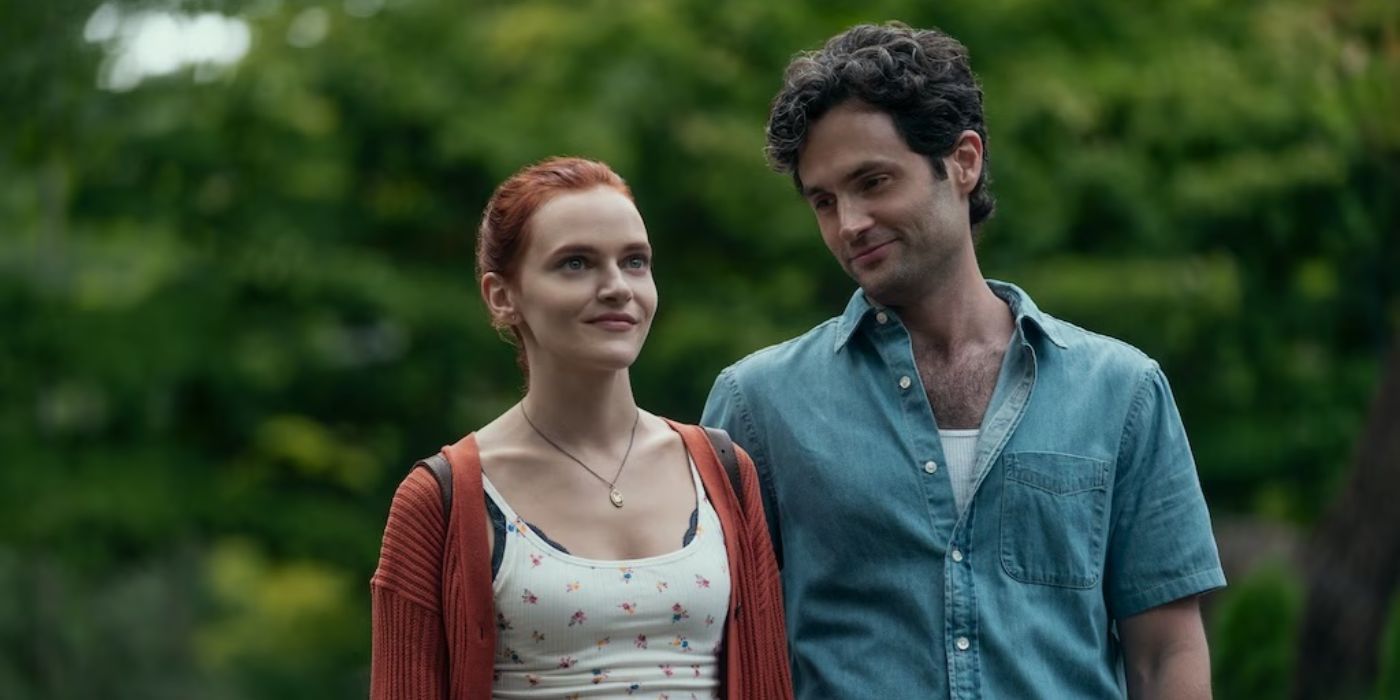



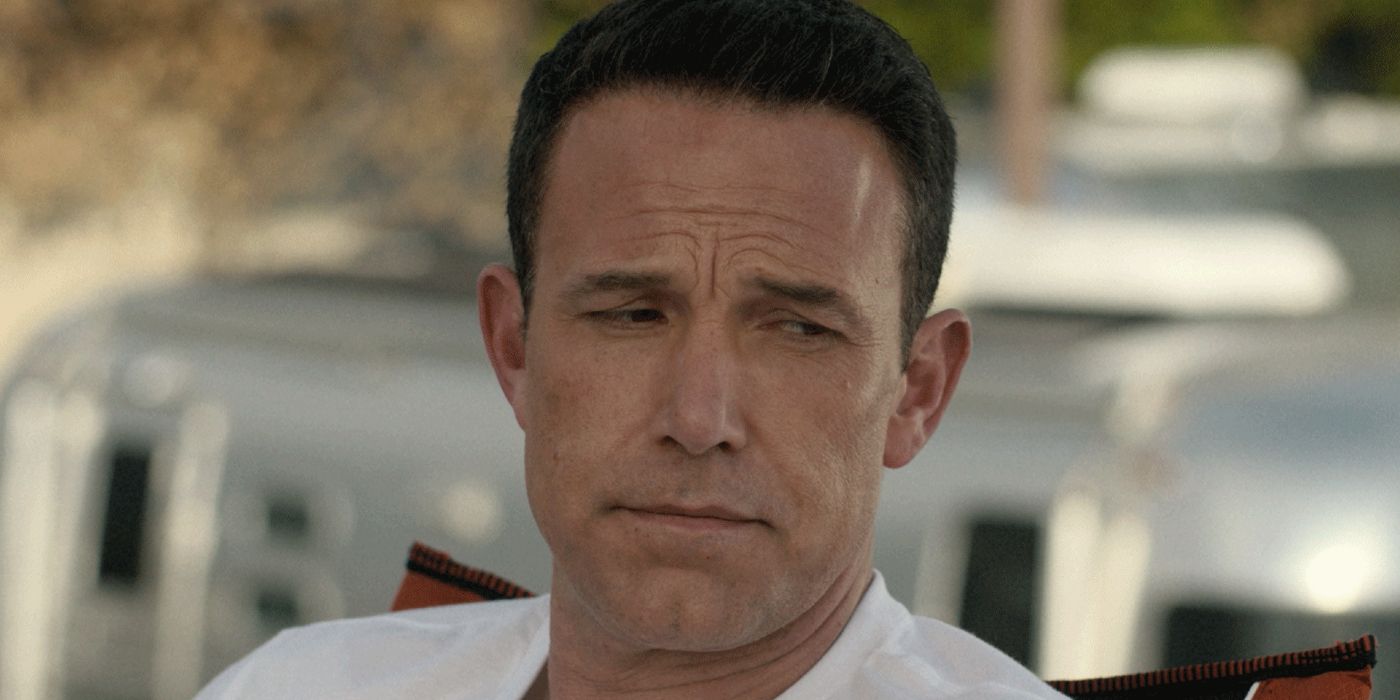


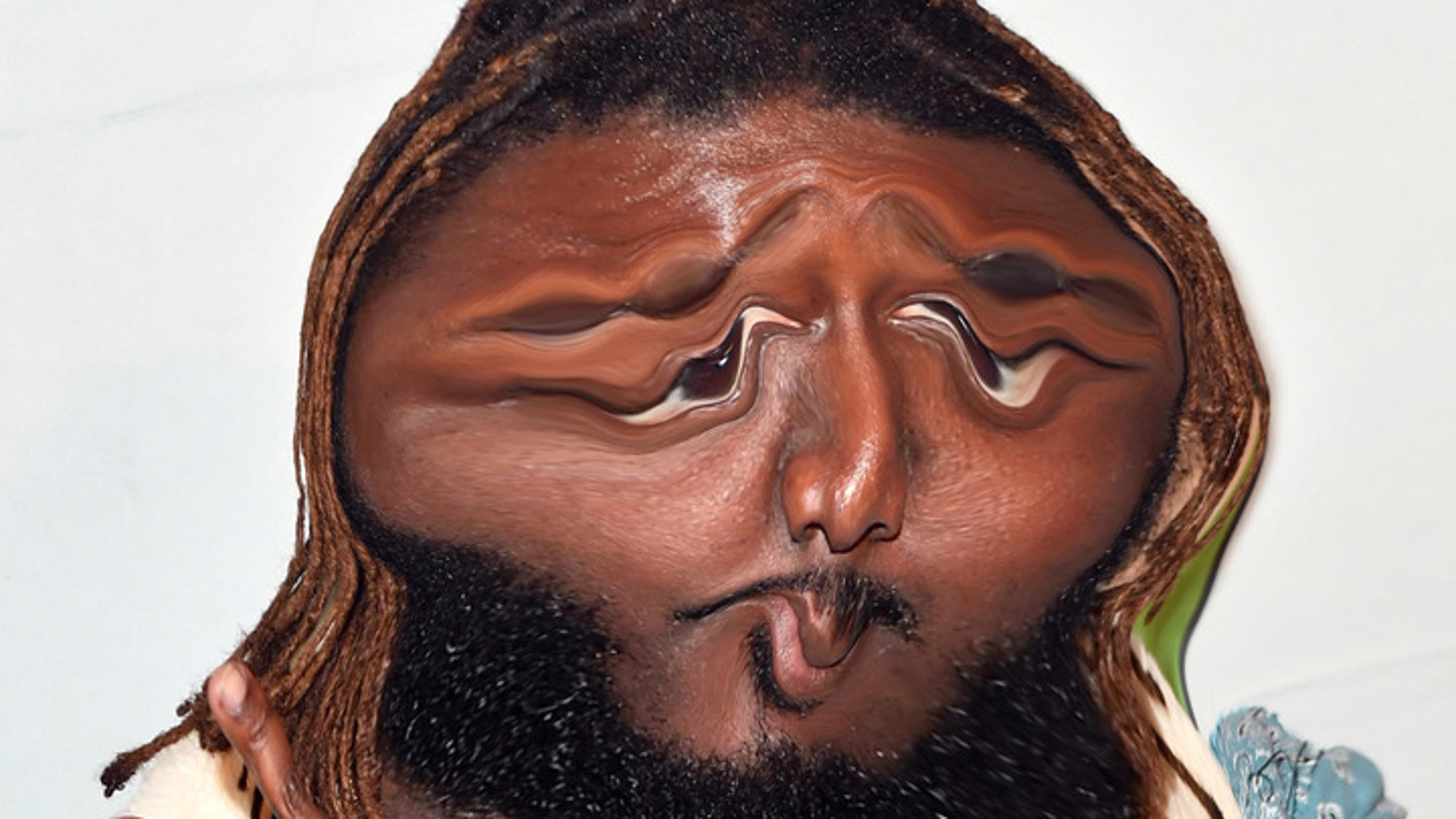
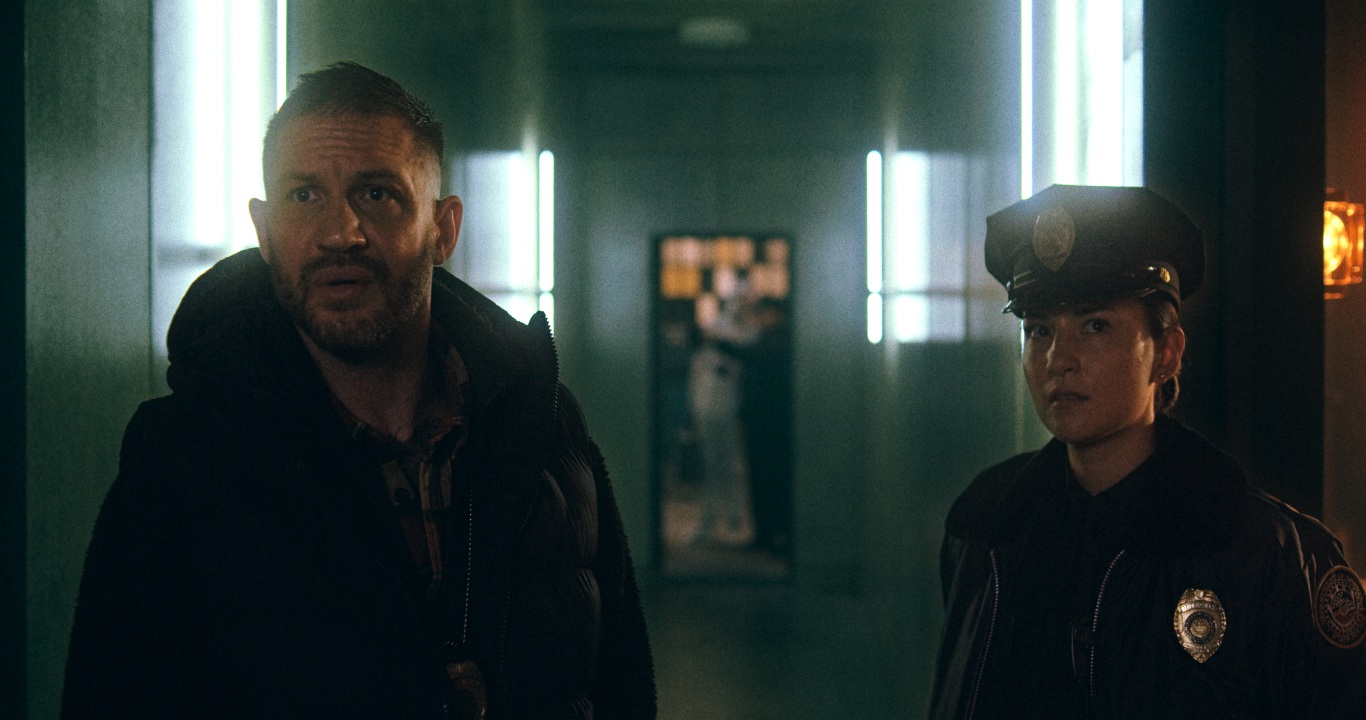
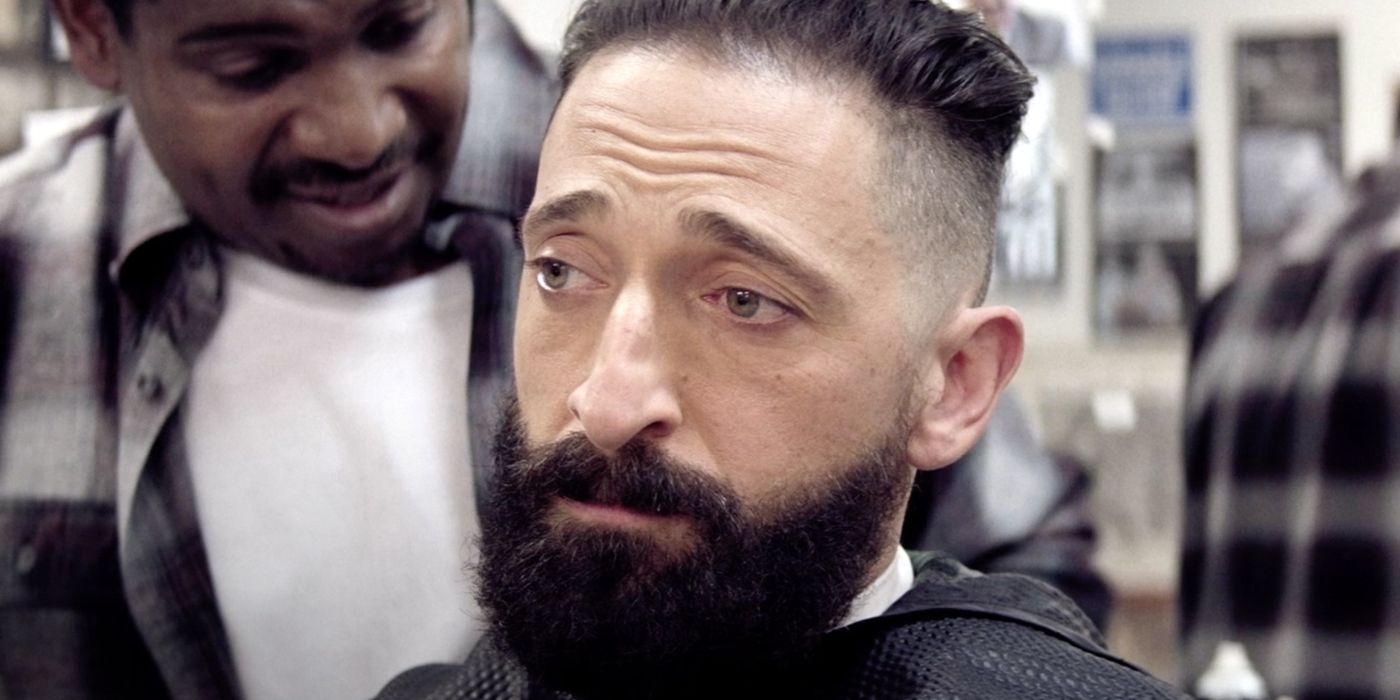


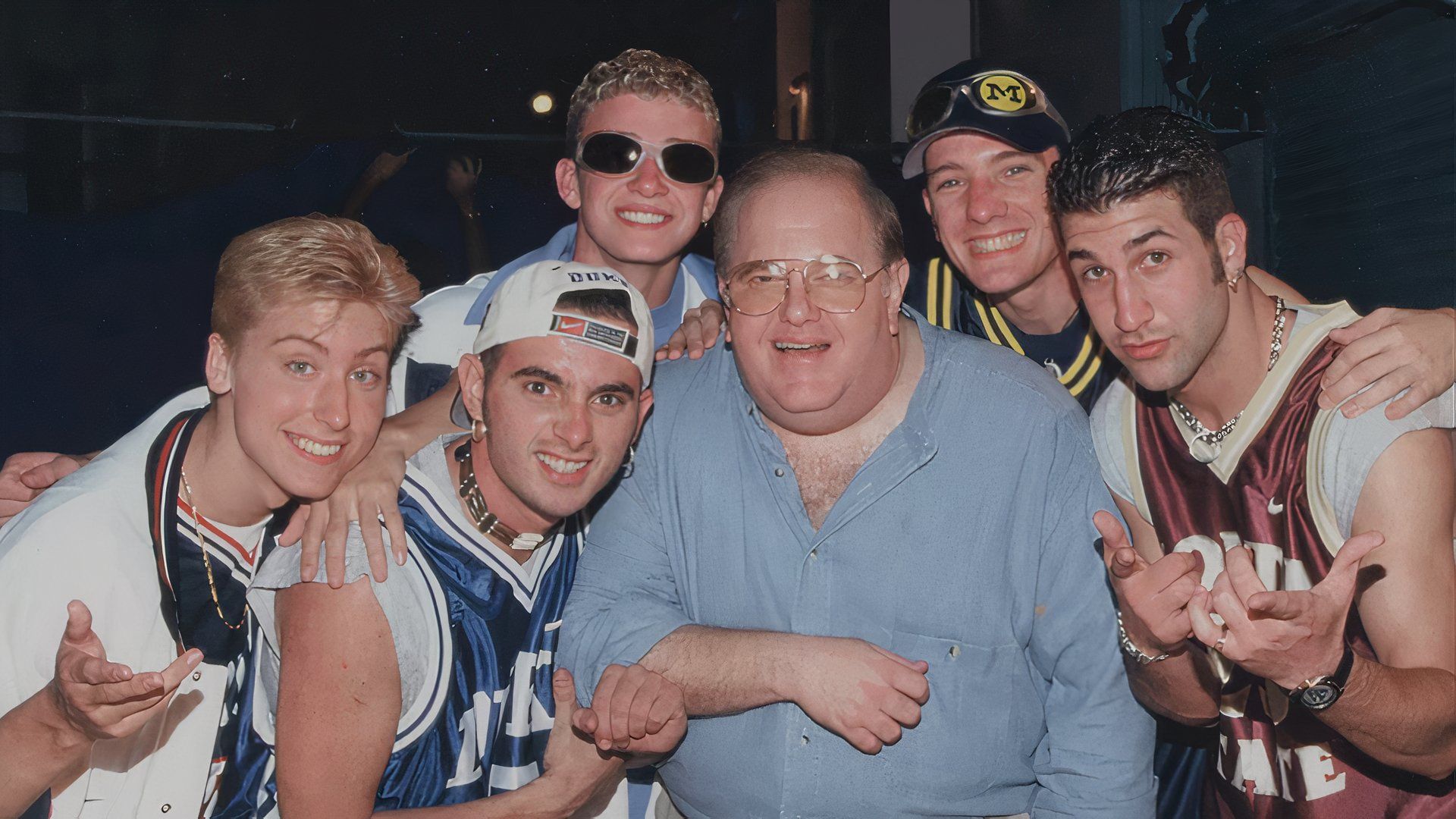



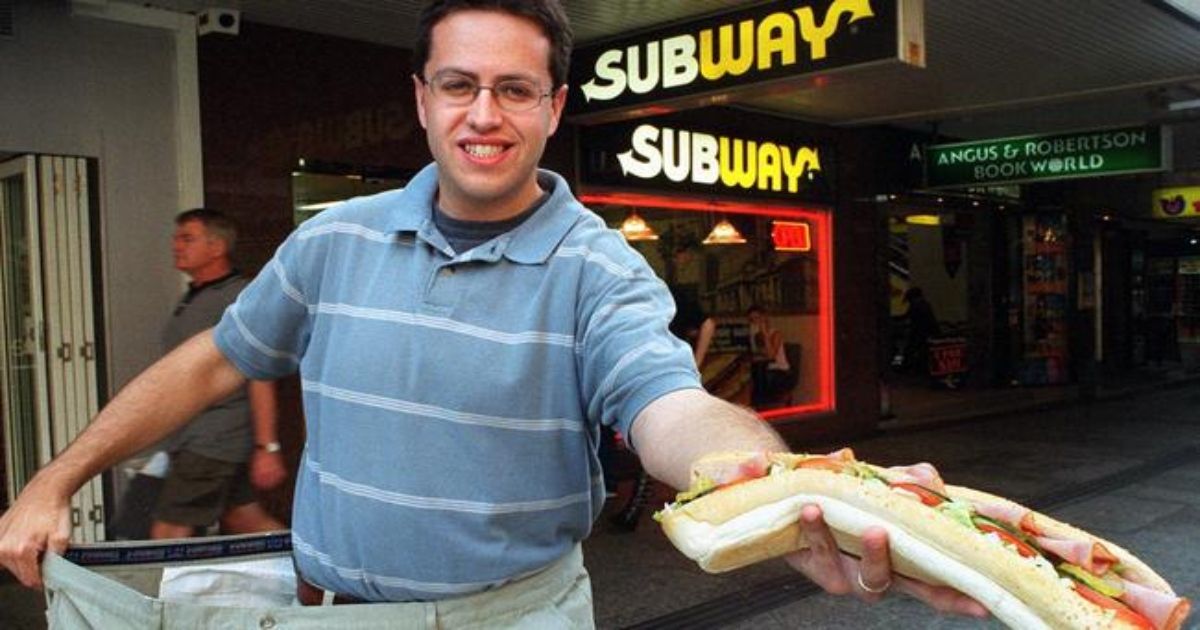


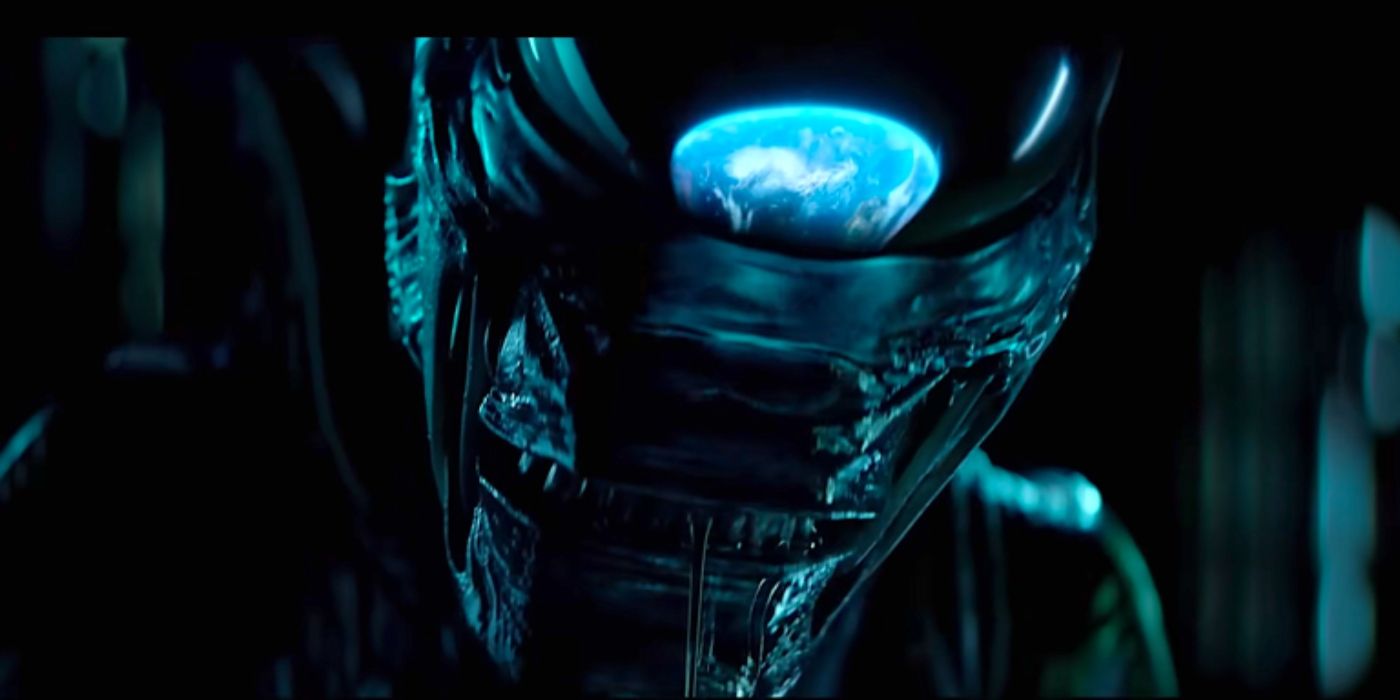


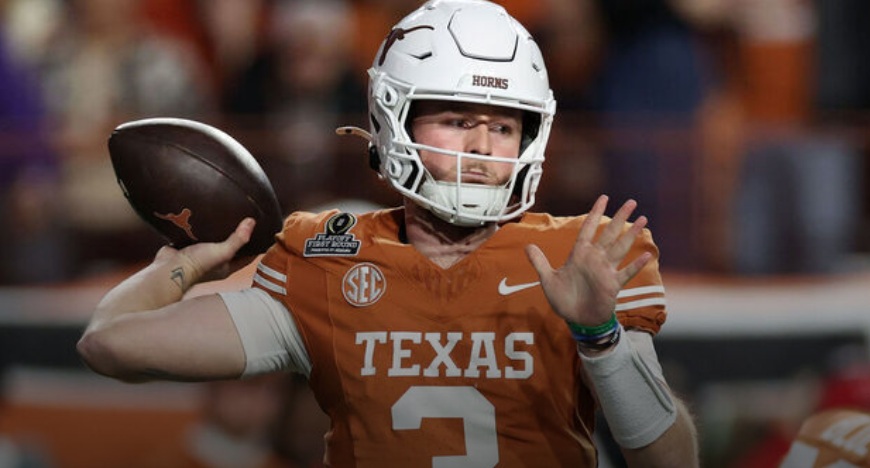

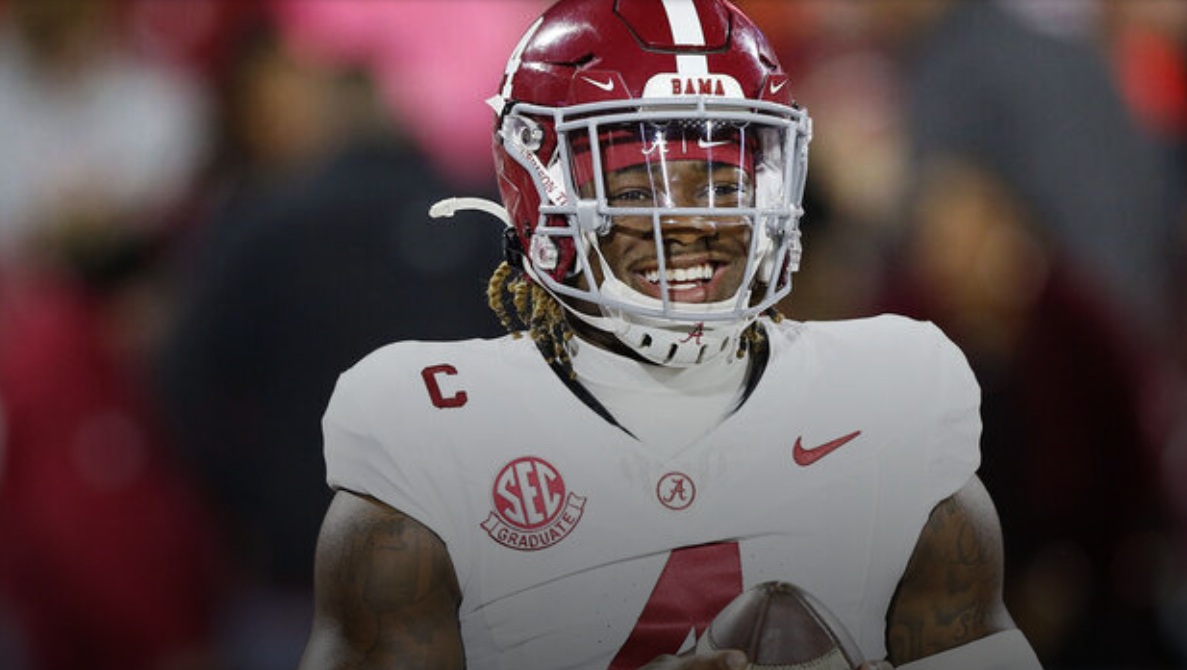


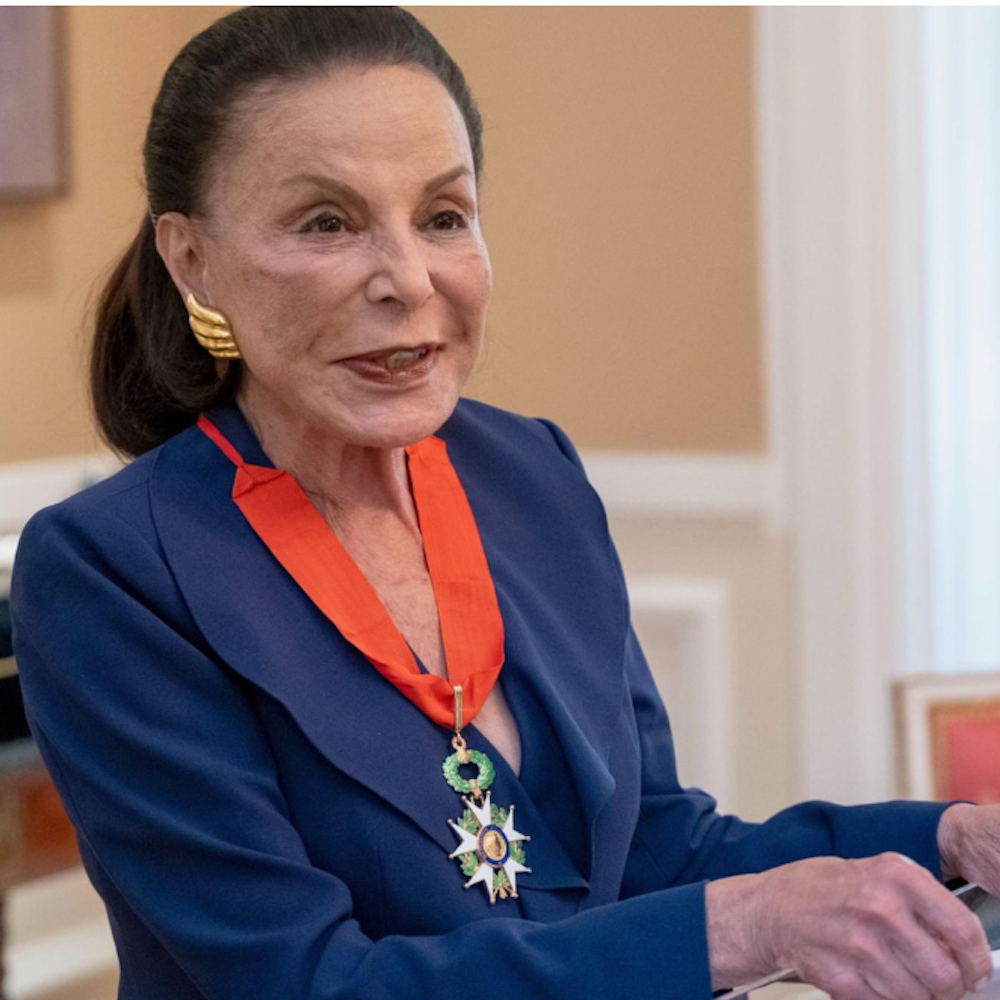

:quality(85):upscale()/2025/04/24/028/n/1922729/dc9ea6f8680acc051f62a1.12698264_.jpg)